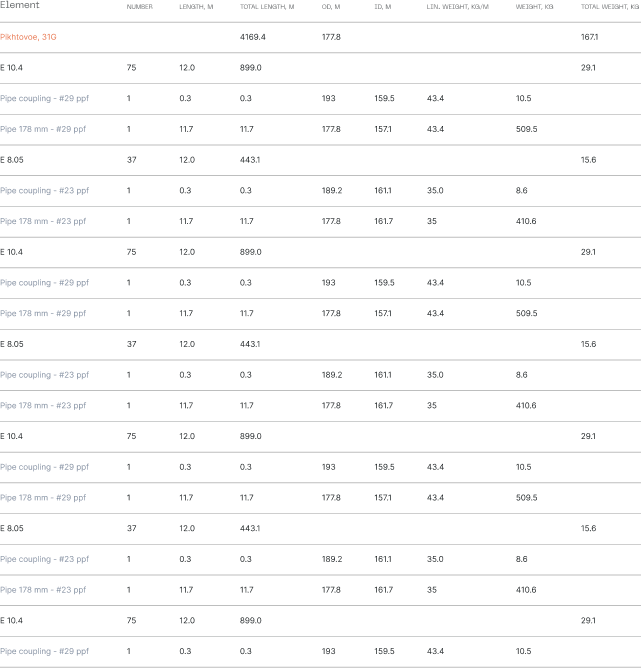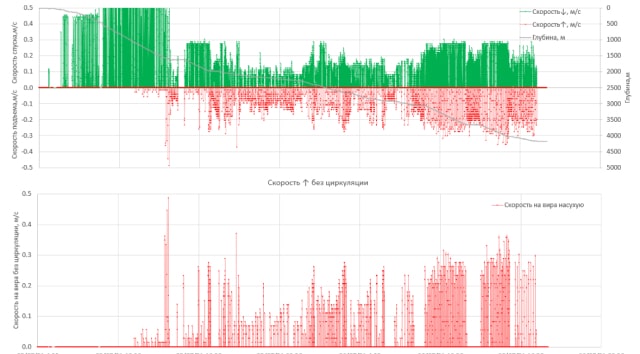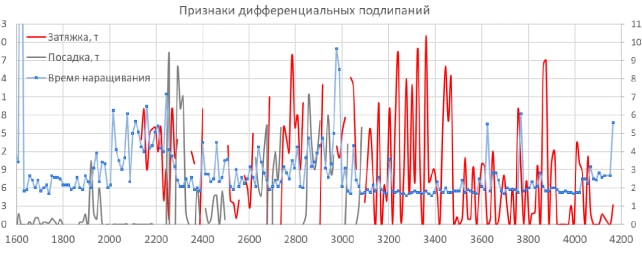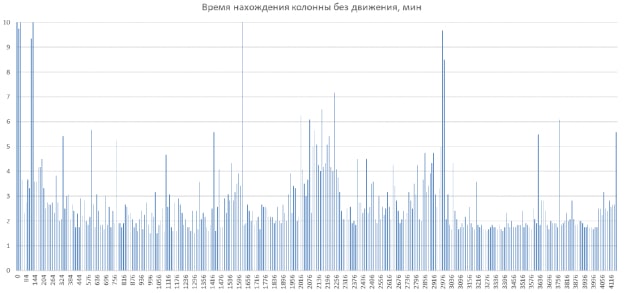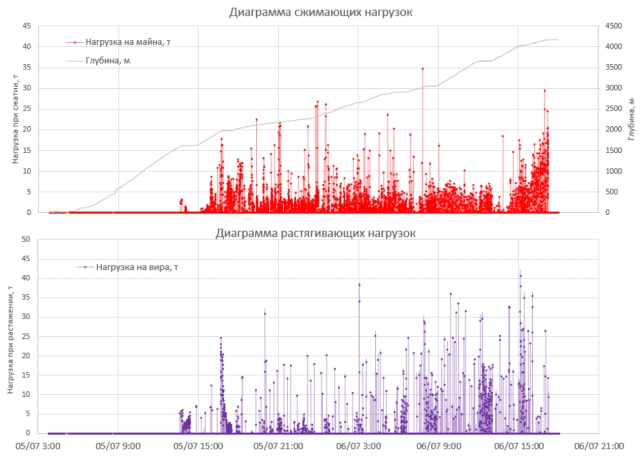37 hours
Descent time
Amet minim mollit non deserunt ullamco est sit aliqua dolo.
4172 m
General depth
Amet minim mollit non deserunt ullamco est sit aliqua dolo.
226,7 hours
Diametr of a well
Amet minim mollit non deserunt ullamco est sit aliqua dolo.
The challenge of descanting the casing with diameter 178 mm in Achimov formation was incredibly hard.
The main engineering challenge was a significant increase in the shoe rotation speed of more than 3500 rpm to reduce the working displacement while maintaining power and reducing the time for working out complications during running the casing string, as well as the resistance of the power section to the abrasive effect of the drilling fluid.
Field: Pikhtovoe Bottom: 4172 m
Bush: 2 Zenith angle: 87 °
Well: 31Г Azimuth: 214 ° → 179 °
Descent dates: 07/05/21 – 07/06/21 Vertical: 2954 m
Total time of descent: 37 h Departure: 2632 m
Circulation time: 10.4 h Max intensity: 5.88 ° / 30m
Observation diameter barrel: 226.7 mm Type of solution: PBO
Opening diameter barrel: 226.2 mm (CC = 1.05) Specific gravity of solution: 1.33 g / cm3
Depth BK 245 mm: 1651 m Plastic viscosity: 16 cP
Open hole length: 2,521 m Booster pump station: 9 lb / 100 ft2
To run OK 178 mm to well no. 31G of the Pikhtovoye deposit were used:
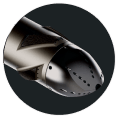
- Geopro Jetting Shoe (GJS178) GEN3.0

- Centralizers GeoGLIDER Xtreme Lite GGXL178

- CRT descent system
The GGXL178 low friction centralizers were installed in the following order: initially, centralizers were installed on each of the 90 pipes. Next, the remaining 120 pipes open hole were equipped with centralizers with 1/2 spacing. Used in total 150 centralizers GGXL178. Used Hydraulic Work Shoe – Geopro Jetting Shoe GEN3.0 (GJS178, serial number 0700-181107)
H3 for Descent roadmap
The solid blue and green lines are the estimated ascent and descent weights. Weights value taken taking into account the block weight of 21 tons. Dotted lines: blue – confidence interval + 30%
to friction, green – the confidence interval is not less than 7 t, or + 30% to friction. Green triangles indicate the actual weights for the descent, blue squares – the actual lifting weights. Light blue stripes – descent with circulation. Card periodically was calibrated in connection with the calibration of the GTI weight sensors.
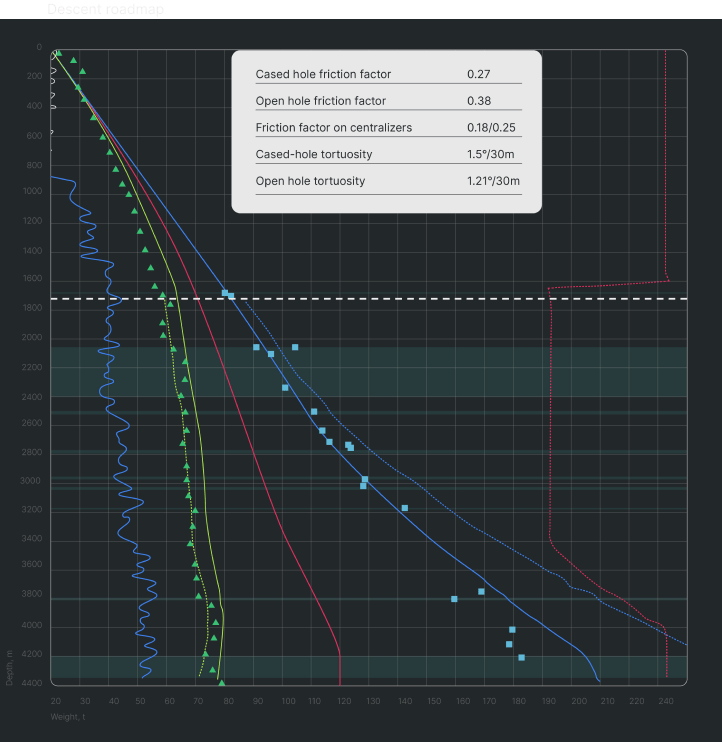

1620-1910 m
- 1620 m: washing and tracing dry, the friction factor was specified and cased hole tortuosity: 0.27 and 1.5 ° / 30 m.
- 1830-1850 m: openhole subsequent run continued dry, landings of up to 7 tons were received, shoot down without circulation.
- 1910 m: a landing was met when the column was disrupted after a build-up of 9 tons.
- 1980 m: after 2 consecutive landings of 15 tons, circulation starts, flushing performs in the volume of the annulus.

2120-2280 m
- 1620 m: washing and tracing dry, the friction factor was specified and cased hole tortuosity: 0.27 and 1.5 ° / 30 m.
- 1830-1850 m: openhole subsequent run continued dry, landings of up to 7 tons were received, shoot down without circulation.
- 1910 m: a landing was met when the column was disrupted after a build-up of 9 tons.
- 1980 m: after 2 consecutive landings of 15 tons, circulation starts, flushing performs in the volume of the annulus.

2280-2910 m
- 1620 m: washing and tracing dry, the friction factor was specified and cased hole tortuosity: 0.27 and 1.5 ° / 30 m.
- 1830-1850 m: openhole subsequent run continued dry, landings of up to 7 tons were received, shoot down without circulation.
- 1910 m: a landing was met when the column was disrupted after a build-up of 9 tons.
- 1980 m: after 2 consecutive landings of 15 tons, circulation starts, flushing performs in the volume of the annulus.

2910-3050 m
- 1620 m: washing and tracing dry, the friction factor was specified and cased hole tortuosity: 0.27 and 1.5 ° / 30 m.
- 1830-1850 m: openhole subsequent run continued dry, landings of up to 7 tons were received, shoot down without circulation.
- 1910 m: a landing was met when the column was disrupted after a build-up of 9 tons.
- 1980 m: after 2 consecutive landings of 15 tons, circulation starts, flushing performs in the volume of the annulus.

3050-4040 m
- 1620 m: washing and tracing dry, the friction factor was specified and cased hole tortuosity: 0.27 and 1.5 ° / 30 m.
- 1830-1850 m: openhole subsequent run continued dry, landings of up to 7 tons were received, shoot down without circulation.
- 1910 m: a landing was met when the column was disrupted after a build-up of 9 tons.
- 1980 m: after 2 consecutive landings of 15 tons, circulation starts, flushing performs in the volume of the annulus.
The rate of descent in the cased hole was 0.5 m / s, in the open hole – up to 0.3 m / s. When undermining a column of wedges after construction, before the start of circulation and walking, the drying speed per vira sometimes exceeded 0.2 m / s, which is unsafe from the point of view of the digital signature and could lead to collapses in the trunk.
Below is a graph of landings at collapse and poofs at breakout of a column after superstructures. High values indicate sticking of the column if it has not been moved for a while. An increase in this value with depth indicates an increase in the risk of differential sticking. For clarity, the time taken to build up the auxiliary axis was expressed in minutes. The risks associated with obtaining differential sticking were present over a larger open hole interval. Getting stuck in the 2120-2310 m and 2620-3480 m intervals was most likely.
Below is a graph of the load (by weight on the hook) considering the effect of the ejection forces:
The highest pressure loads reached 35 t – when landing in mud accumulations. Strain – 41 t, expressed mainly by puffs during collapse and further clogging of the hull. Application of such loads during descent is relatively safe in terms of deformation of the column.
The solid blue and green lines are the estimated ascent and descent weights. Weights value taken taking into account the block weight of 21 tons. Dotted lines: blue – confidence interval + 30%
to friction, green – the confidence interval is not less than 7 t, or + 30% to friction. Green triangles indicate the actual weights for the descent, blue squares – the actual lifting weights. Light blue stripes – descent with circulation. Card periodically was calibrated in connection with the calibration of the GTI weight sensors.
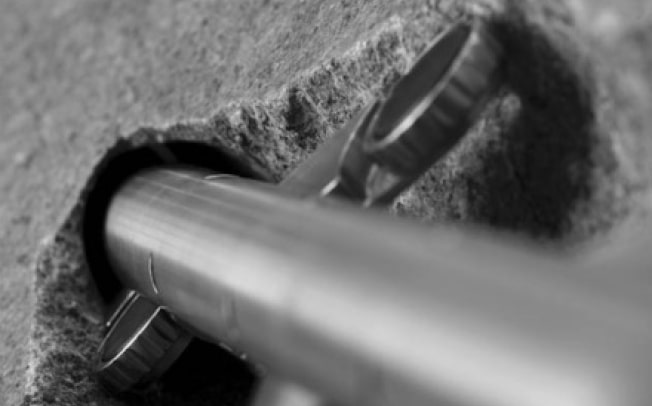
The rigging of the string was drilled with the assembly for the further horizontal drilling cut 4 3/4 “RUS AutoTrak eXact.
The drilling operation took place with the following parameters: Flow – 16 l / s, frequency rotation of the SVP 40 rpm, the load – up to 1 t. The moment on the SVP varied within 21-23 kN * m, pressure varied – 310-326 atm. The total drilling time of the shoe was 12 minutes.
The graph below shows the summary statistics of the average running speed of the casing in an open hole, depending on the solution used and the generation of the shoe in the project. The running speed in well 31G of the Pikhtovoye field using the shoe GJS178 GEN3.0 and the solution WBM-SPS was 96 m3 / h, which is higher than the average rate of descent in the project. Below are the statistics for the average percentage of the distance traveled in an open hole in relation to its total length (100% – all runs are successful, the column has reached the bottom of the hole.
The total descent time was 37 hours. Complications, it was necessary to go with a reverse study.
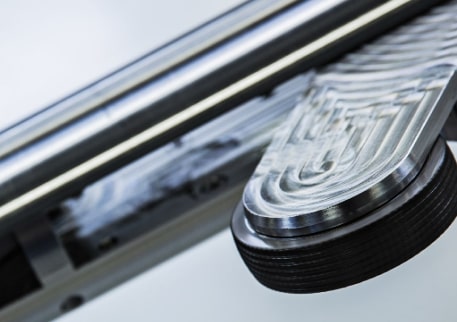
The total descent time was 37 hours.
It was necessary to go with a reverse study. This trend continued and on descent OK. Frequent shoe work under load with alternating modes flow rate and step speed when passing the upper sections of the open hole due to their instability and the presence of possible voids / alternating sections, judged by the change in ROP, which correlates with individual jumps according to gamma ray measurements. The increase in the allowable load decreased the time factor, and the early flushing before entering the interval of Achimov formation with an increase in the density of the solution and an increase in the concentration of the microcolatant had a positive effect on the run, improved the stability of the borehole and allowed statistically complicated intervals without the onset of circulation and active training with a shoe.
Despite the fact that the time spent without moving the column during the extensions was low, the risk of differential sticking after the extensions remained high.
From the experience of the descending wells of the Pikhtovoye field, signs of differential sticking after extensions are more frequent in some sections than in other fields of this project. In general, the increase in landings during outcrop/puffing increases with depth during separation. Therefore, in this field, it is recommended that the column be equipped with 1/1 centering in the interval of the entire open log. Washing and adding a bridging agent on receipt after 3 consecutive extensions.
This reduces the likelihood of collapse of the borehole walls during mop-up and the total running time at the expense of fewer flushes.
When inflating a column of wedges, it is recommended to limit the speed per division to 0.2 m / s. When going dry – up to 0.1 m / s.
Online engineering maintenance
Monitoring/geological support, selection of effective technologies to solve all well drilling problems
& consulting services for ERD wells.

